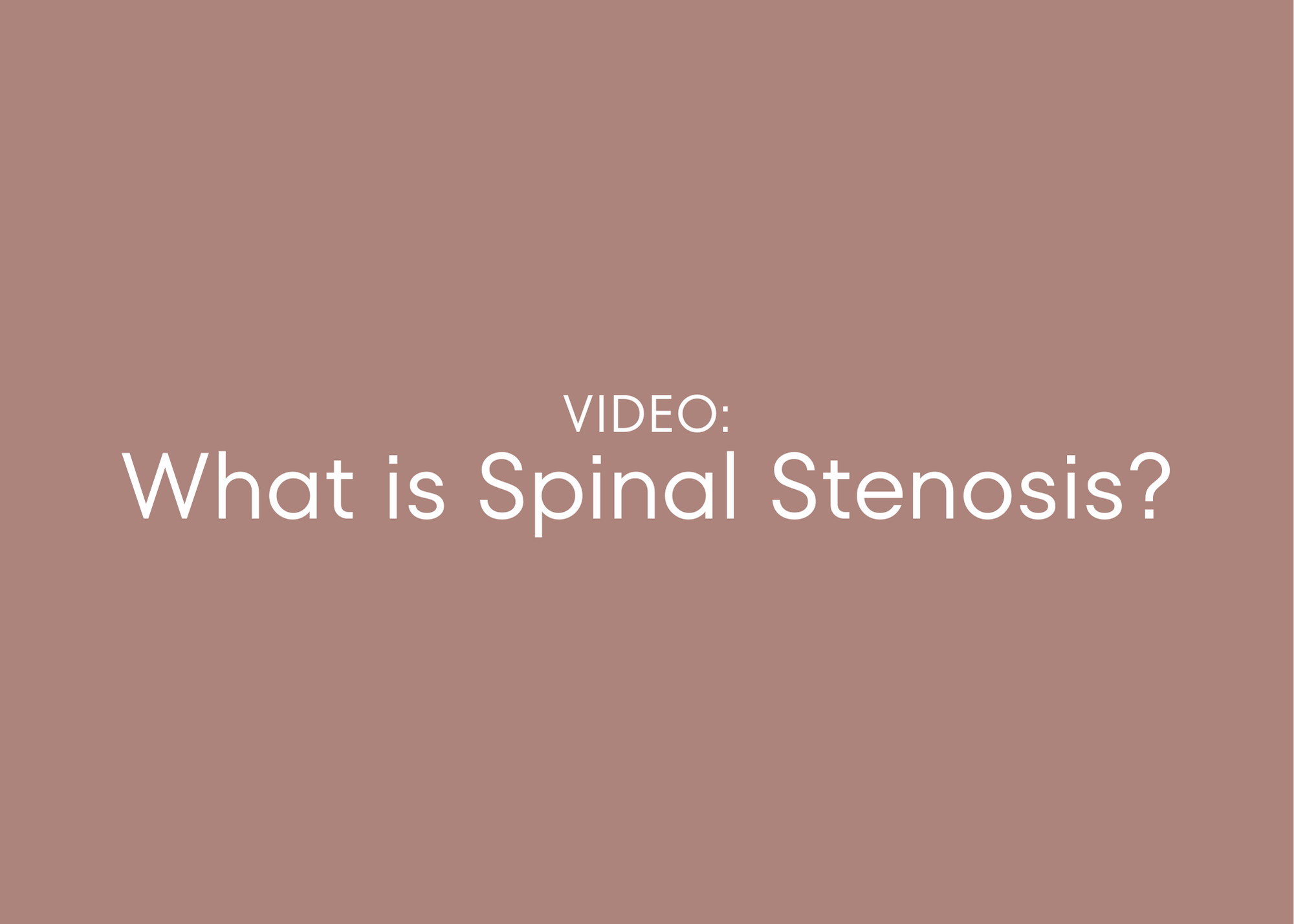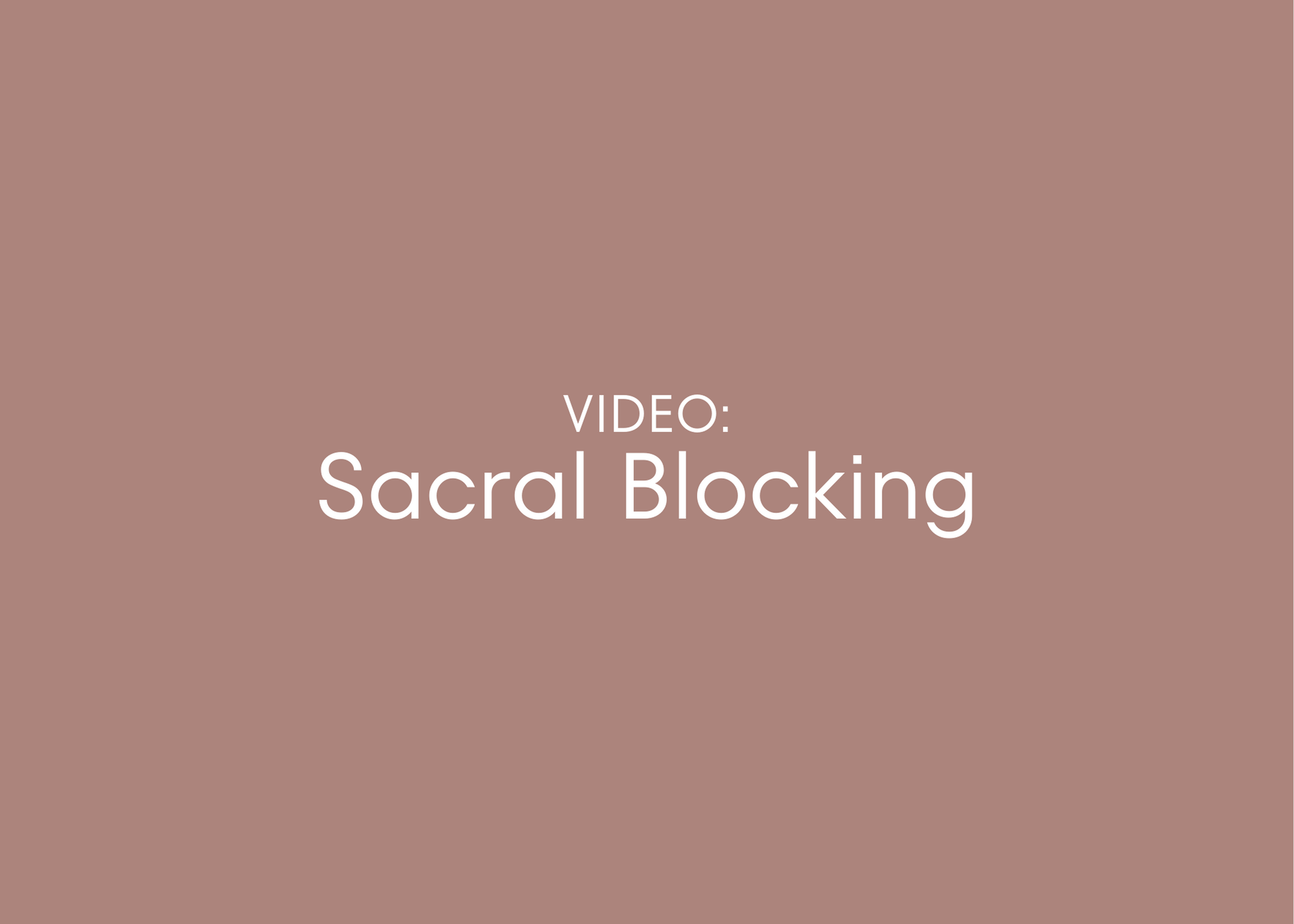Spinal Stenosis: What You Need to Know
What You Need to Know About Spinal Stenosis
Many of my patients come to me specifically for treatment of their spinal stenosis. If you are one of the thousands of adults who suffers with spinal stenosis, this article will help you understand exactly what it is and what treatments can be effective for you.
Disclaimer: Spinal stenosis can occur in any section of the spine; however, this article addresses lumbar spinal stenosis only. For more information on cervical or thoracic spinal stenosis, click here.
What is Lumbar Spinal Stenosis?
Spinal Stenosis is defined as a narrowing of the spaces where nerves exit between each bone throughout the spine. In severe cases it can also occur centrally, thereby impacting the actual spinal cord. Issues arise when the nerves in these narrow spaces are compressed and when their blood flow is restricted. When this happens in the lumbar (lower) spine, it can cause symptoms such as:
Back pain
Weakness in the legs
Pain or cramping in the legs that is worse with prolonged standing or walking
Numbness/tingling down the legs/feet
Temporary relief of symptoms when sitting or bending forward
Stenosis is a degenerative change associated with aging. It is essentially arthritis of the spine.
Spinal stenosis is one of the leading causes of pain and loss of independence in older adults. It is also the #1 reason for spinal surgery in those over 65, with thousands more seeking non-surgical treatment options. New research has shown that non-invasive intervention such as decompression and exercise therapy can be beneficial to those with spinal stenosis.
If the video above is not displaying, click here.
What treatments are there for Spinal Stenosis?
Decompression Therapy:
If a compressed, degenerative disc is contributing to irritation of a nerve root or the spinal cord, decompression therapy is an effective way of relieving some of the pressure. The purpose of decompression therapy is to facilitate rehydration of the disc. This fluid is bound within the disc and in this way it regains some of its original height, which means more space for nerves!
Manual Therapy:
As joints degenerate, joint movement often becomes restricted. Proper motion of the spine is necessary for optimal function, and this can be achieved through regular manual therapy.
Exercise Therapy:
This is by far the most important aspect of spinal stenosis therapy. This approach involves participating in exercises that activate the muscles in the lower back - specifically the ones that promote flexion (rounding of the spine). Flexion in the spine helps open the space between vertebrae, which can relieve pressure on cramped nerves.
If the video above is not displaying, click here.
If you are interested in learning more about exercises and therapy specifically for stenosis, email me at dryim@backfit.ca!
References:
Chow, N., Southerst, D., Wong, JJ., Kopansky-Giles, D., Ammendolia, C., (2019). Clinical outcomes in neurogenic claudication using a multimodal program for lumbar spinal stenosis: A study of 49 patients with prospective long-term follow-up. Journal of manipulative and physiological therapeutics, 42(3).




